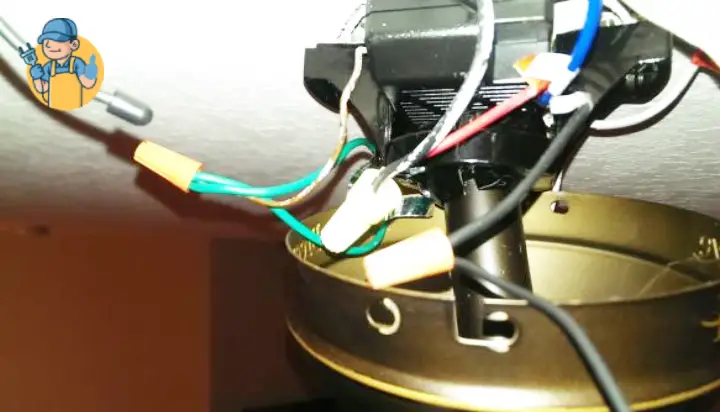Ceiling fans not only provide comfort but also help reduce energy costs by circulating air in a room. The typical method of reversing the fan direction is to use the switch on the wall, but what if it’s broken or missing?
There are several methods to change the direction of a ceiling fan without a switch. These methods include using a remote, using a wall switch, and changing the pitch of the fan blades.
If you are in a tight spot regarding how to change your ceiling fan direction without a switch, then this article is the perfect one for you. So, without further ado, let’s begin.
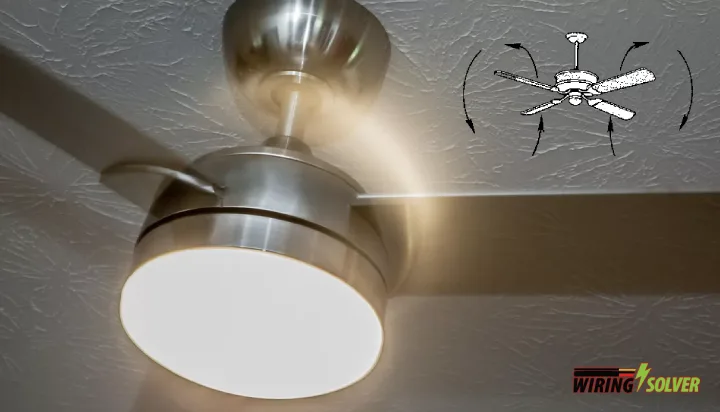
How Do I Determine the Direction of My Ceiling Fan?
Before changing the ceiling fan direction, we must identify which way the ceiling fan is currently spinning and which way we want it to spin, and it can be easily done by observing the fan blades.
So, how do you determine ceiling fan direction? Let’s take a look.
- Turn the ceiling to the lowest speed setting using either the remote control, toggle switch or regulator. If your fan does not have a regulator, it is fairly easy to connect the fan regulator to the switchboard.
- Stand directly below the ceiling fan.
- If the fan blades are moving from the top to the bottom left, your fan is currently spinning in a counterclockwise rotation.
- If the fan blades are moving from the top to the bottom right, your fan is currently in a clockwise rotation.
- Also, if you feel the air pushing down on you, your fan is in the counterclockwise directional setting.
A question might have popped up in your head, “How do I know what direction to set my ceiling fan?”. The answer is entirely dependent on the season. The ceiling fan direction for summer will differ from the ceiling fan direction for winter.
The differences between clockwise vs counterclockwise fan directions are many, and they each affect your system differently as well.
How to change the ceiling fan direction with a remote?
A very common way to know how to change ceiling fan direction without a switch is to use a remote control for which you may either have reverse buttons on the remote, or you have to follow a specific sequence.
Method 1: If your remote has a reverse button
- Depending on the kind of device, hit the “auto” button or the “low,” “med,” or “high” buttons on the remote control to turn on the fan.
- To reverse the spinning of the fan, use the “reverse” or “for/rev” button on the remote control.
Method 2: If your remote has one dedicated button for turning the fan on/off.
- Turn your fan to the lowest setting.
- Press and hold the reverse button until your remote light blinks, or the fan starts to spin in the opposite direction.
Method 3: If your remote has separate on and off buttons for the fan.
- Press the “On” button on your remote. Do not let go of the button on the remote.
- Turn the fan off using the wall switch and quickly turn it on again.
- Let go of the button on the remote.
- Press the “On” button on the remote again.
How To Change The Ceiling Fan Direction With A Wall Switch?
If by any chance, your ceiling fan did not come with a remote, you could use the wall switch to change the direction by following a certain sequence.
- Turn on your ceiling fan.
- Put your ceiling fan in the highest possible setting.
- Turn your ceiling fan off and on again, twice in a row.
- You might have to play with the timing for a little bit to accurately get it working.
- Once you have performed the sequence correctly, you should hear a series of beeps, and your fan should start to slow down completely before turning in the other direction.
How To Change The Ceiling Fan Blade Pitch?
If you have a fan with an irreversible motor, the only option for a reversed airflow is to change the blade pitch of the fan.
- To push air downwards, for the summer season, you have to adjust the blade pitch to the right.
- To pull air upwards, for the winter season, you have to adjust the blade pitch to the left.
This is not a very efficient or effective method. This is usually for very old ceiling fans which contain motors that are irreversible. Irreversible motors like these are rarely found in modern fans.
Tips for Maintaining Your Ceiling Fan
Maintaining your ceiling fan is an important aspect of ensuring it operates efficiently and lasts for a long time. Here are some tips to help you take care of your fan:
Clean Regularly:
Dust and debris can accumulate on the blades and motor, which can affect the performance of the fan.
Clean the blades and motor regularly using a soft cloth or a duster. You can also use a vacuum cleaner with a soft brush attachment.
Lubricate the Motor:
The motor of your ceiling fan requires lubrication to run smoothly. You can use a few drops of oil to lubricate the motor once a year.
Make sure to turn off the fan and let it cool down before lubricating.
Tighten Loose Screws:
Over time, screws can become loose, which can affect the stability of the fan. Check the screws and tighten any that are loose. You can use a screwdriver to tighten the screws.
Replace Worn Out Parts:
If any parts of the fan, such as the blades or the motor, are worn out, it’s best to replace them. This will help ensure the fan operates efficiently and does not cause any safety hazards.
Check the Balancing:
If your fan is wobbling, it may be out of balance. You can balance the fan by adjusting the position of the blades or by adding a balancing kit. A balanced fan will run smoothly and quietly.
Follow the Manufacturer’s Instructions:
Always refer to the manufacturer’s instructions for specific maintenance tips for your ceiling fan. This will help ensure you are following the correct procedures for maintaining your fan.
Regular maintenance can also help extend the life of your fan and save you money on repairs and replacements in the long run.
Summary
If changing the direction of your ceiling fan was your main concern, and you did not have a switch on the body of your fan, then I hope that this article has helped you with that task.
However, if you find that your ceiling fan does not support changing its’ direction, it is always a better alternative to invest in a newer ceiling fan.

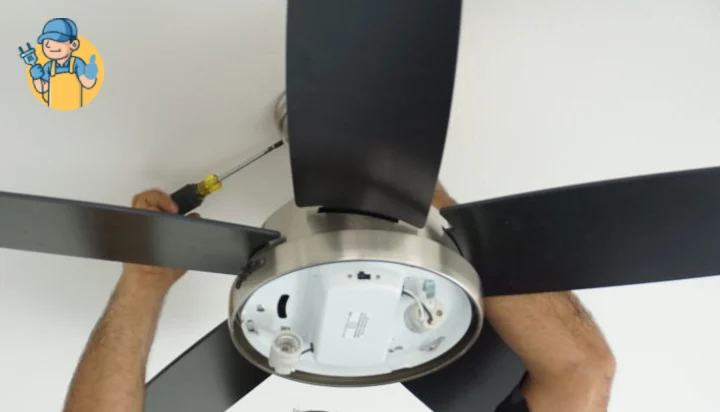
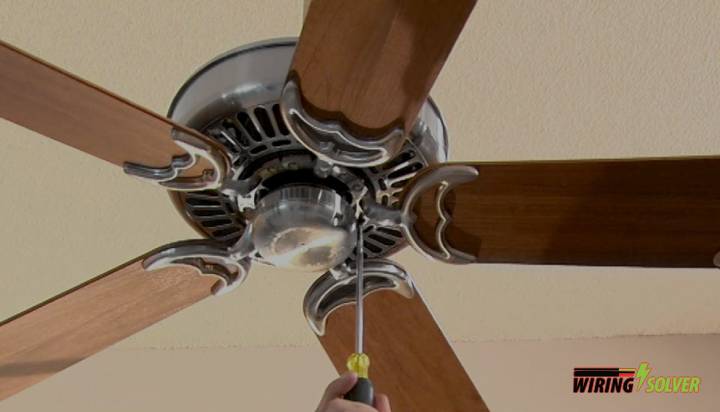
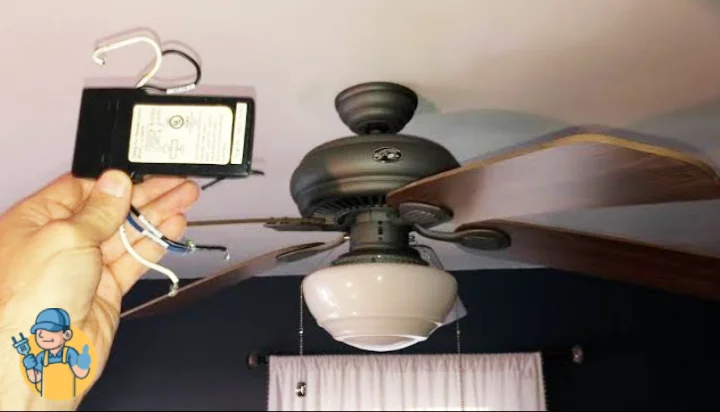
![Hampton Bay Remote Ceiling Fan Troubleshooting [Solved]](https://wiringsolver.com/wp-content/uploads/2022/10/Troubleshooting-a-Hampton-Bay-Remote-Ceiling-Fan.jpg)
